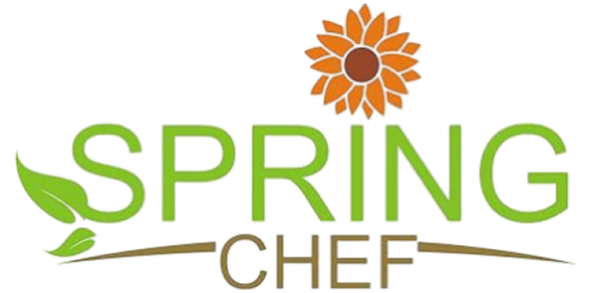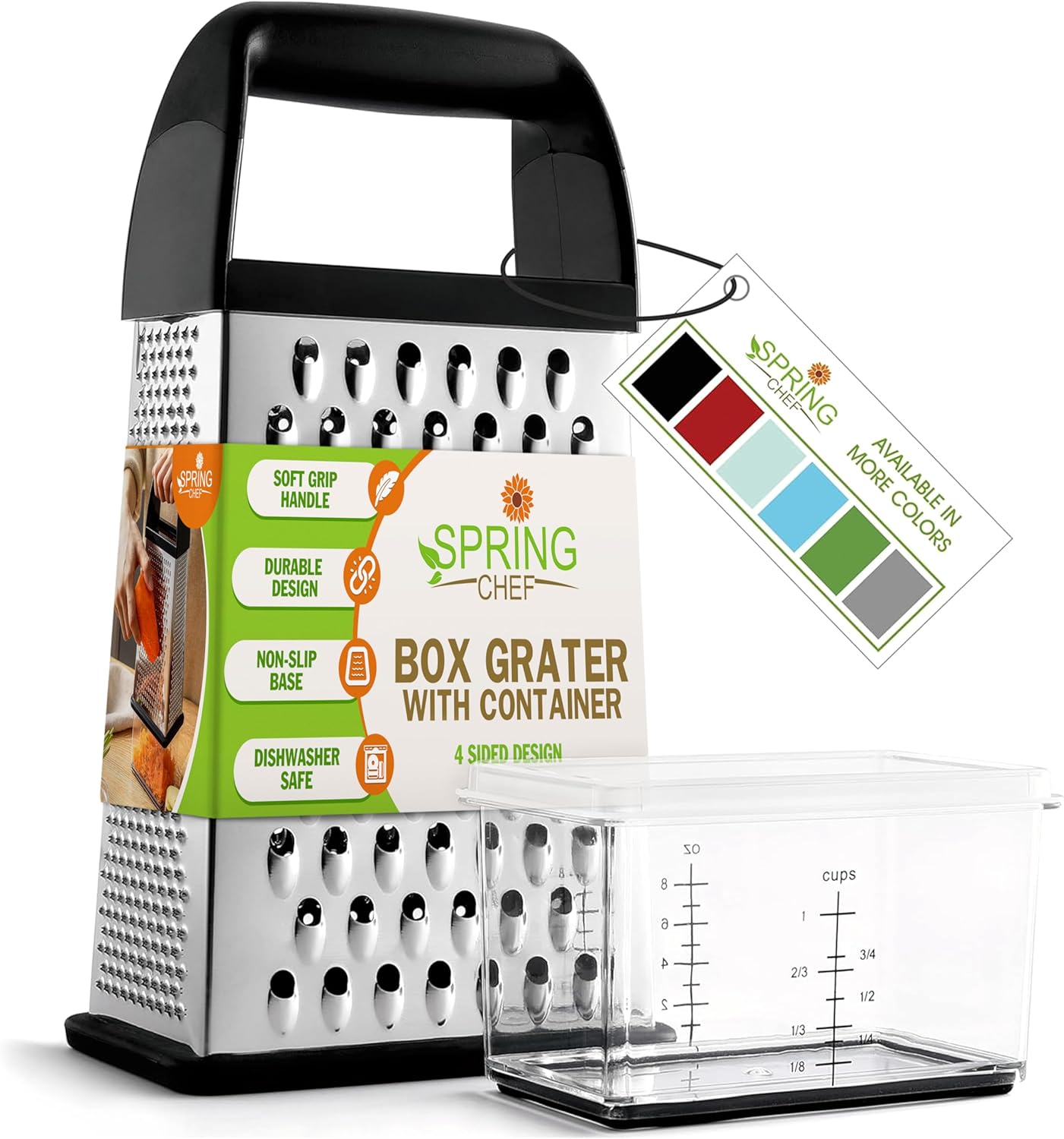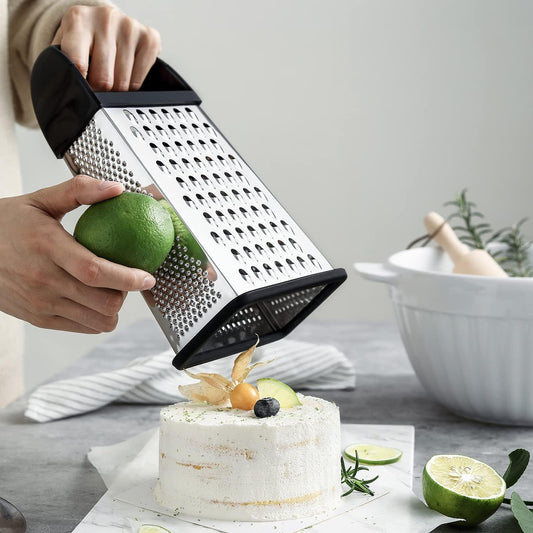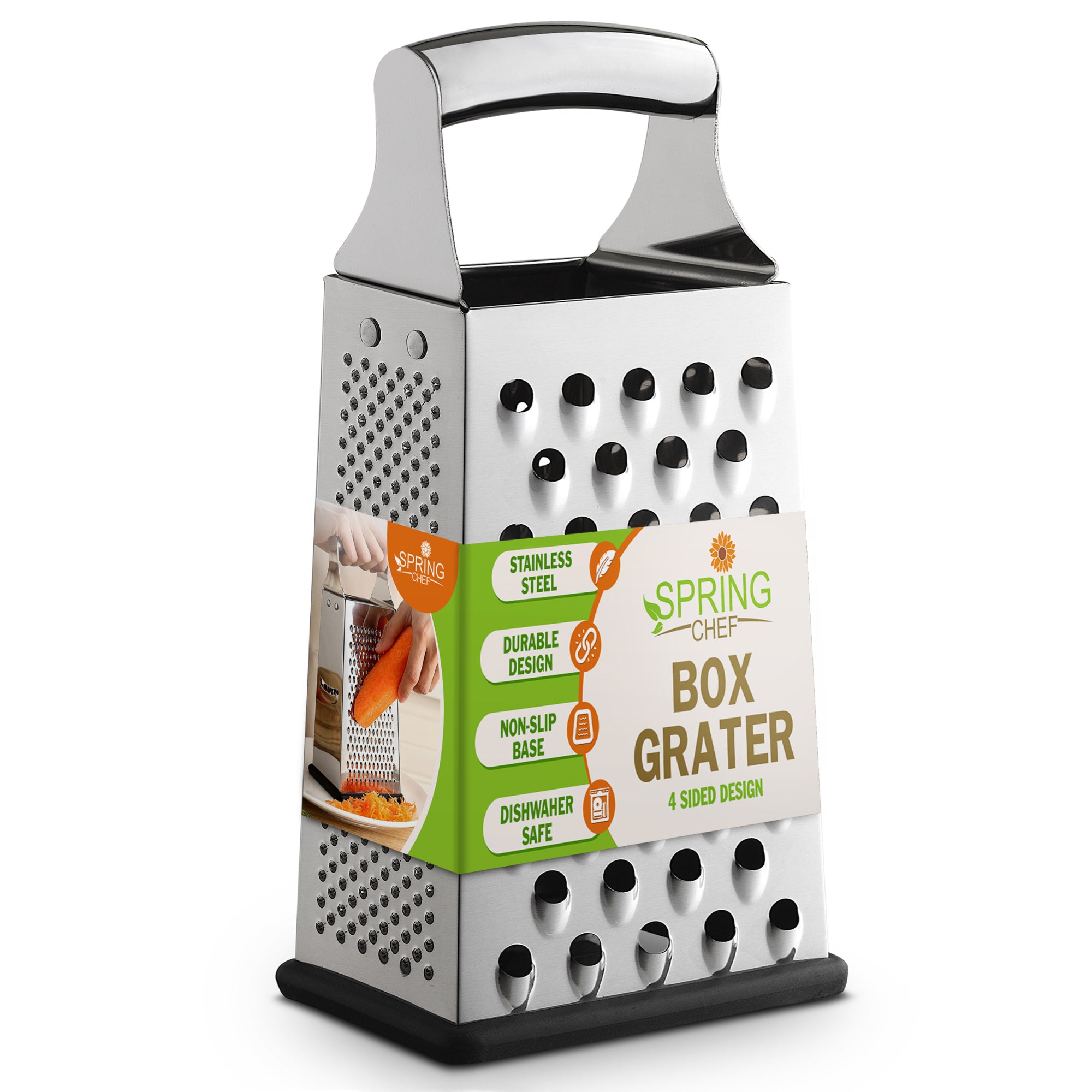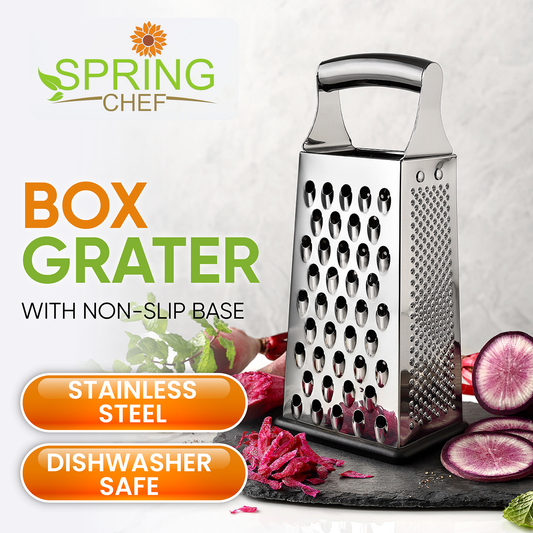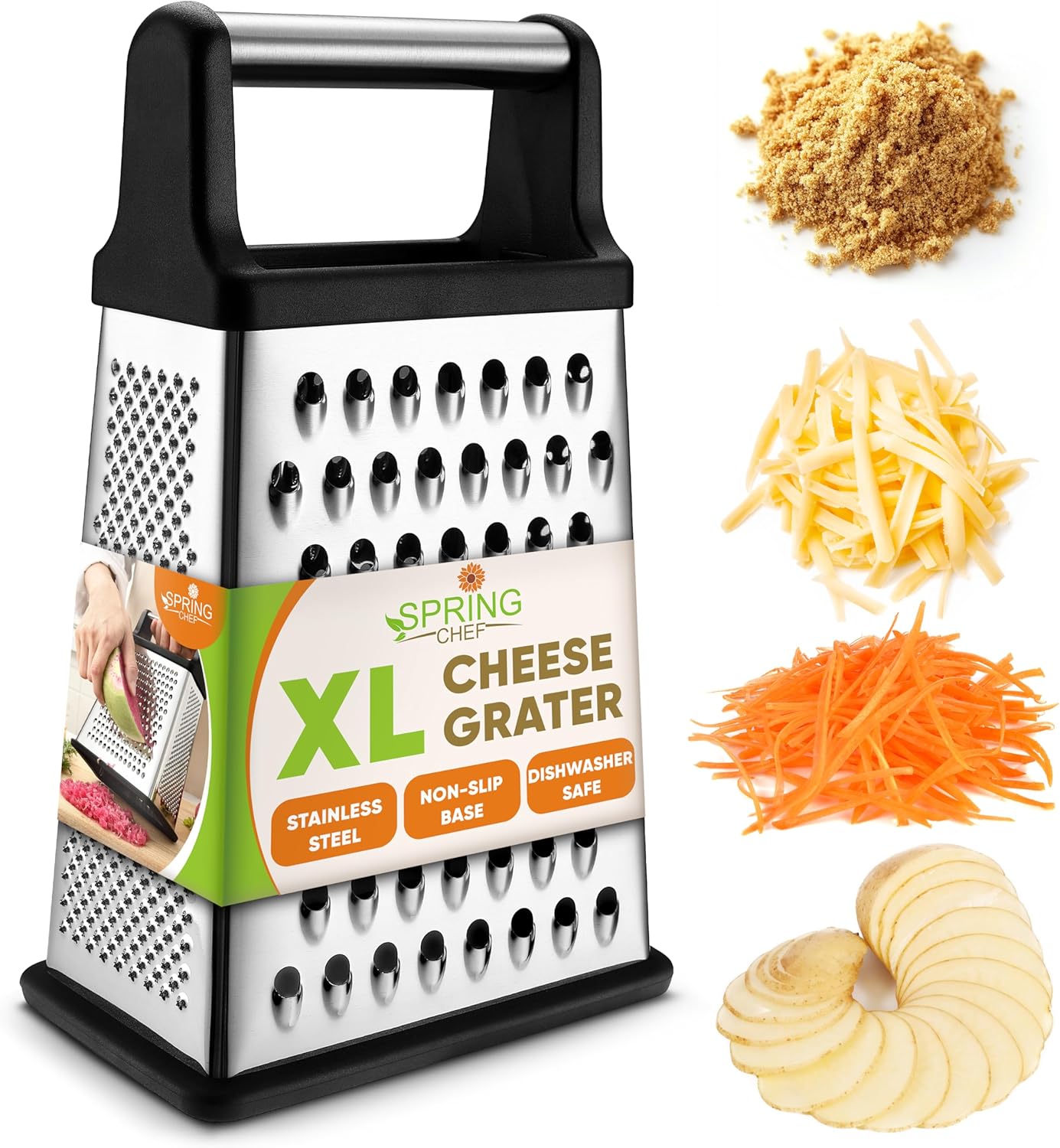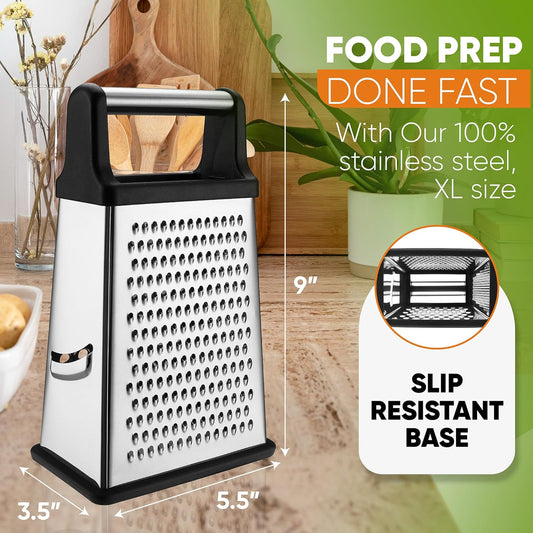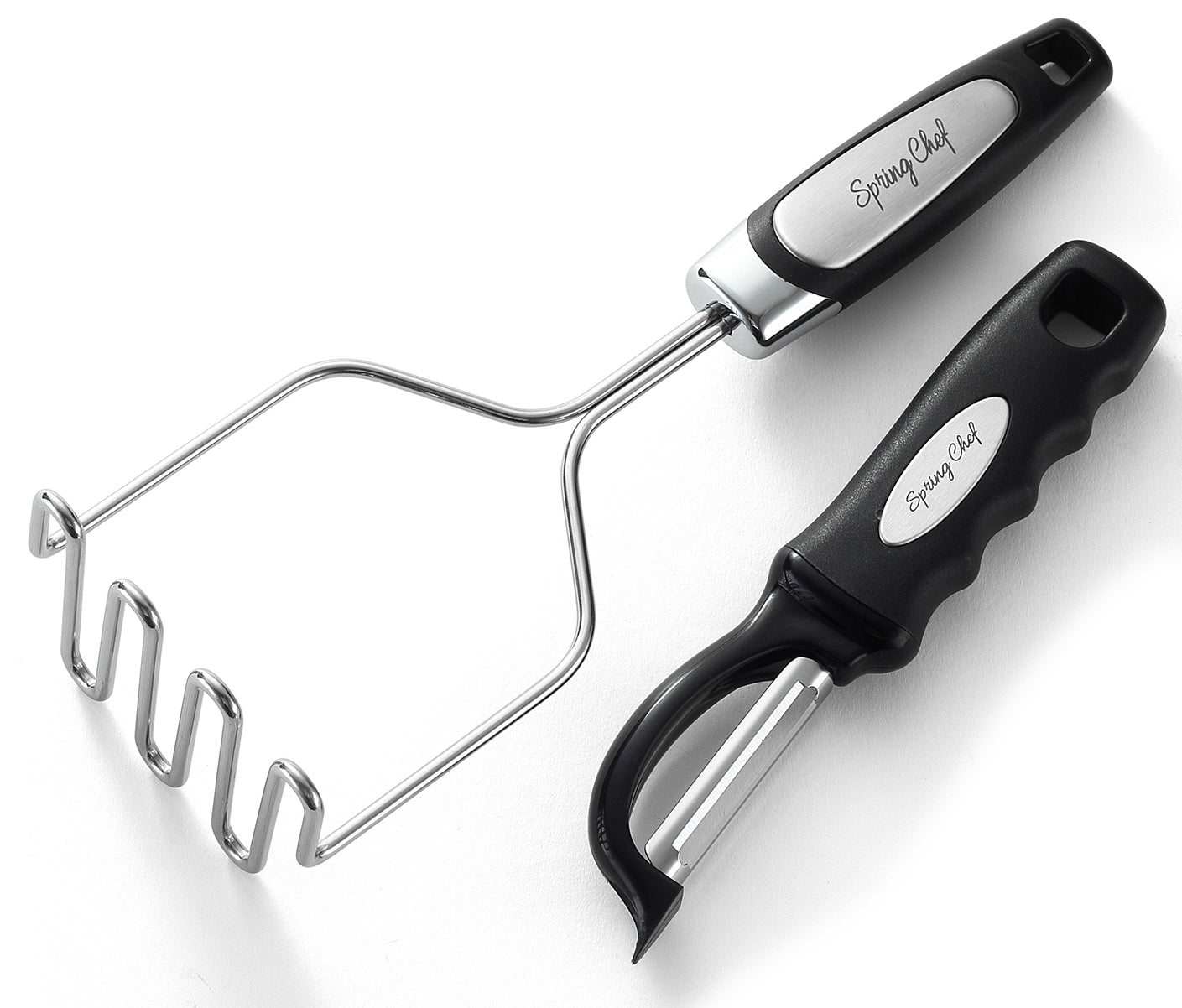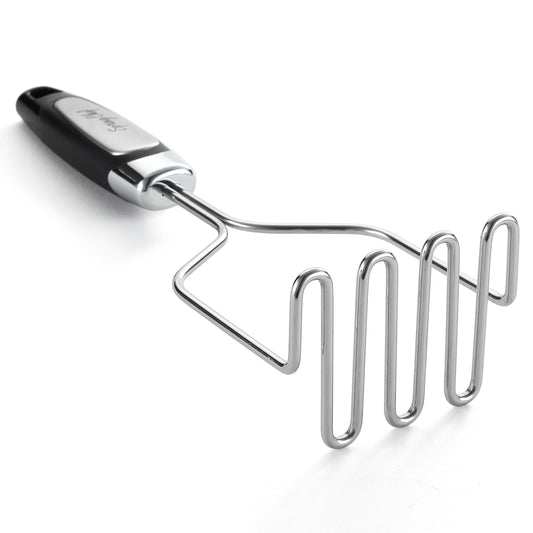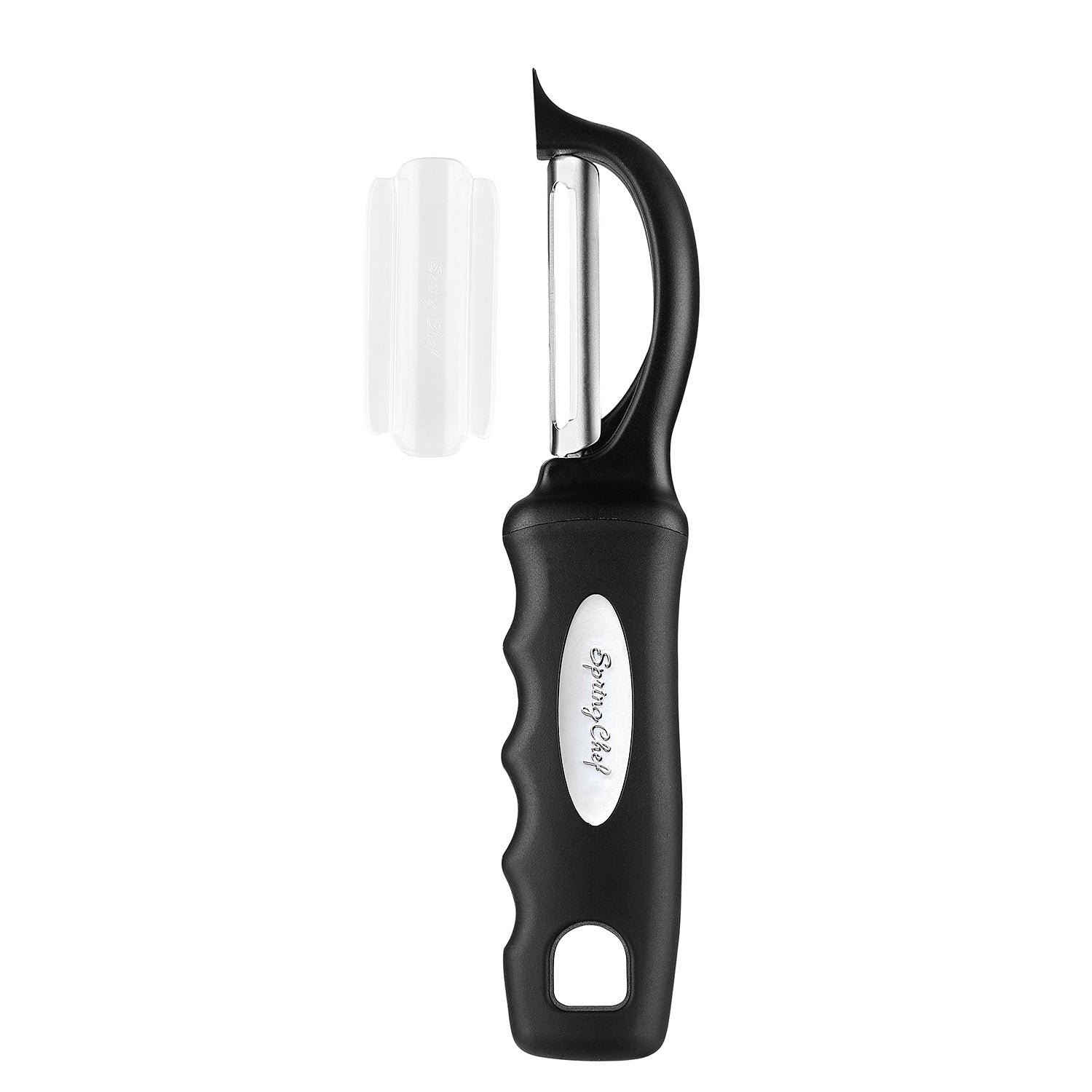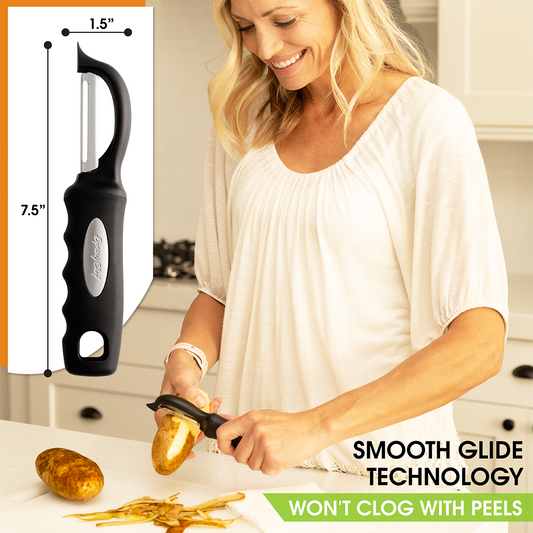How to Properly Measure Baking Ingredients

One of the most important parts (if not the most important) of learning how to bake is to measure your ingredients properly. Having the right amount of powders and liquids can make or break your recipe, and when it comes to baking, following the amounts to the book is even more important than doing so with any other sort of recipe. Check out this article to learn how to measure baking ingredients properly.
Flour
Flour -whether it’s all-purpose, bread or cake flour- is one of the most difficult ingredients to measure correctly; and we all know the wrong amount of flour can make you end up with a dry and mealy bread. With this ingredient, the right method for measuring is to scoop the flour directly from the flour bag into the measuring cup. Do not try to tap down the flour or press it onto the bottom because you’ll end up with up to 50% more than what you need.
Baking Powder and Baking Soda
Both baking powder and baking soda are two ingredients that can start to settle down in their containers over time, so before you use them make sure to shake the bottle or can thoroughly. After you level it using a knife or the leveler in the container, simply scoop the powder out of the container and toss it into your mix.
Dry Yeast
Measuring yeast can be a tricky business since it’s commonly sold in individual measures in small packets or envelopes. Each yeast packet has about 2 and ¼ teaspoons, which is about ¼ ounce. If for some reason you need more than the amount that comes in a packet, you can measure yeast the same way we recommend serving and measuring baking powder or baking soda.
Sugar
Sugar must be measured a bit differently than you’d do with flour. Since sugar has a heavier and less dry consistency than other powders, you must -unlike flour- scoop it up directly from the bag using the measuring cup, because sugar won’t press down onto the container. Once you’ve poured the sugar into the measuring cup, you only have to level it with a knife. The great thing about sugar is that the amount of it really depends on your sweet tooth and taste, so if you end up using more than directed it won’t really affect the texture of the bread.
Cocoa Powder
Cocoa powder is similar in texture to flour or confectioners’ sugar, or even a bit heavier. Another thing that happens commonly with cocoa powder is that it can clump up to the bottom of the container or even onto the measuring cup, so you must first take it with a spoon then sift it onto the measuring cup to remove all clumps.
Liquid Ingredients
Liquid ingredients such as milk, water, oil or even syrups are the easiest of ingredients to measure. All liquids in a recipe must be measured at eye level, which means you pour the liquid into the measuring cup and then check that the liquid is at level with the measuring requirement stated in the recipe.
